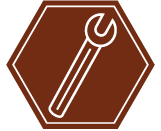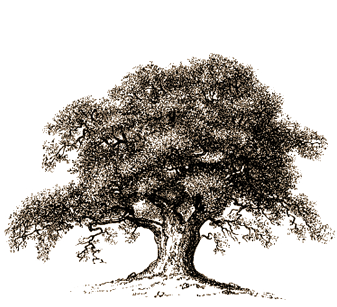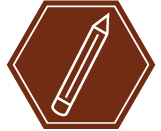
WordPress: Rename Default Category Taxonomy
After my post on Renaming the default “Posts” post type in WordPress to something else, I’ve gotten some follow up questions on renaming taxonomies as well. Here is a quick tutorial on how you can rename the default WordPress taxonomies (tags/categories).
Solution
Similar to renaming the post type, we need to tackle two areas: the menu item label, and the post object labels. In this example, I’m going to rename the default “Category” to “Authors”. You can rename “Category” to anything you want, just replace every instance of Author/Authors in my code below.
Changing Admin Menu
First, let’s rename the menu item in the WordPress admin. You can copy this code into your functions.php file, or into a custom functionality plugin.
function revcon_change_cat_label() {
global $submenu;
$submenu['edit.php'][15][0] = 'Authors'; // Rename categories to Authors
}
add_action( 'admin_menu', 'revcon_change_cat_label' );
Note: to apply these changes to tags, use $submenu['edit.php'][16][0] = 'Author Tags';.
Changing Object Labels
Next, let’s update the other labels throughout the admin (meta boxes etc.), you can paste this code directly below the code for renaming the menu label.
function revcon_change_cat_object() {
global $wp_taxonomies;
$labels = &$wp_taxonomies['category']->labels;
$labels->name = 'Author';
$labels->singular_name = 'Author';
$labels->add_new = 'Add Author';
$labels->add_new_item = 'Add Author';
$labels->edit_item = 'Edit Author';
$labels->new_item = 'Author';
$labels->view_item = 'View Author';
$labels->search_items = 'Search Authors';
$labels->not_found = 'No Authors found';
$labels->not_found_in_trash = 'No Authors found in Trash';
$labels->all_items = 'All Authors';
$labels->menu_name = 'Author';
$labels->name_admin_bar = 'Author';
}
add_action( 'init', 'revcon_change_cat_object' );
Note: to apply these changes to the tag taxonomy, change:
$labels = &$wp_taxonomies['category']->labels;
to…
$labels = &$wp_taxonomies['post_tag']->labels;
Conclusion
This code provides a quick, simple adjustment to the WordPress admin that can be very intuitive for clients and users! It’s always best to call something what it is, or at least what it’s intended to be used as, so that you have a seamless UX and aren’t spending all day providing client support ;)



